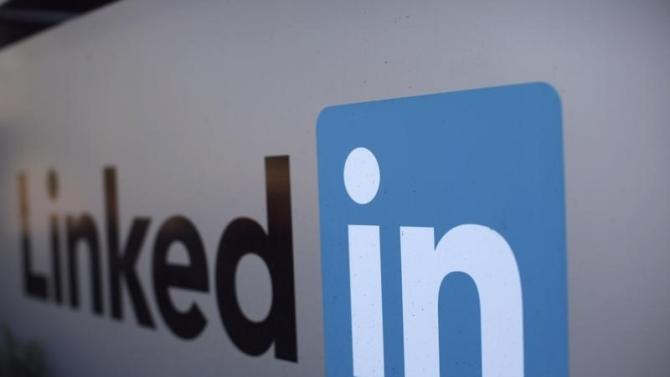Tech stock collapse sure looks like bubble popping
February 8, 2016
Almost all technology stocks are getting hammered yet again on Monday. Salesforce.com (CRM) was down 6% while Facebook (FB) and Microsoft (MSFT) had lost 3%, for example, in morning trading.
And while many see it as a continuation of Friday’s rout sparked by LinkedIn’s (LNKD) weak outlook for the rest of the year, the damage has been piling up for weeks. Investors are fleeing almost all tech names over concerns about the slowing global economy in general and a reassessment of the potential growth of online and “cloud” markets more specifically.
LinkedIn, pummeled by an unprecedented 44% one-day loss Friday, was one of the few tech stocks rising on Monday, as bargain hunters pushed its shares up 3% in early trading. Still, the shares have lost more than half of their value since the end of 2015.
The widespread tech crash is all the more surprising because almost everyone thought there was no bubble in the tech sector. Last year’s market for initial public offerings of tech companies was the slowest since 2009 (and performed poorly throughout the year), slightly more seasoned public tech companies appeared to have already crashed last spring and most of the big tech companies, such as Apple (AAPL), IBM (IBM) and Cisco Systems (CSCO), trailed the market and appared undervalued by historical measures. Only the so-called FANG stocks — Facebook, Amazon (AMZN), Netflix (NFLX) and Google’s Alphabet (GOOGL) — did well, with an average return of 83% each in 2015.
But, it turns out, there was still plenty more downside risk to go around. LinkedIn is still off by more than 40% since it reported earnings after the market closed on Feb 4. Although fourth quarter adjusted earnings per share of 94 cents and revenue of $862 million beat the average Wall Street analyst estimate, the professional social networking company said it would earn only 55 cents on revenue of $820 million in the next quarter. And for the full year of 2016, revenue of $3.6 billion to $3.65 billion was less than the $3.9 billion Wall Street had been expecting.
Such a modest disappointment has sparked a massive reassessment of the potential for many Internet stocks. With investors in a panicky mood, the carnage has spread across much of the tech sector but stocks with online business strategies similar to LinkedIn’s have been hit especially hard. Workday (WDAY), which provides online software for human resources, was down 7% midmorning on Monday and 37% for the year. Twitter (TWTR) lost 4% and was down 35% for the year. And Adobe Systems (ADBE) was off 5% on Monday and 20% for the year. A daily index compiled by venture capital firm Bessemer Venture Partners of 47 publicly traded cloud software stocks lost 17% just on Friday.
And those famous FANG stocks? They’re all down in 2016, as well. After its 3% Monday drop, Facebook was still best of the bunch, showing a modest 4% loss for the year. Amazon was also down 3% on Monday but carries a crushing 28% loss for the year. Netflix was a rare gainer, up 1%, but still off 27% for the year. And Google was down 1% on Monday and 11% for the year.
Search
RECENT PRESS RELEASES
Related Post







